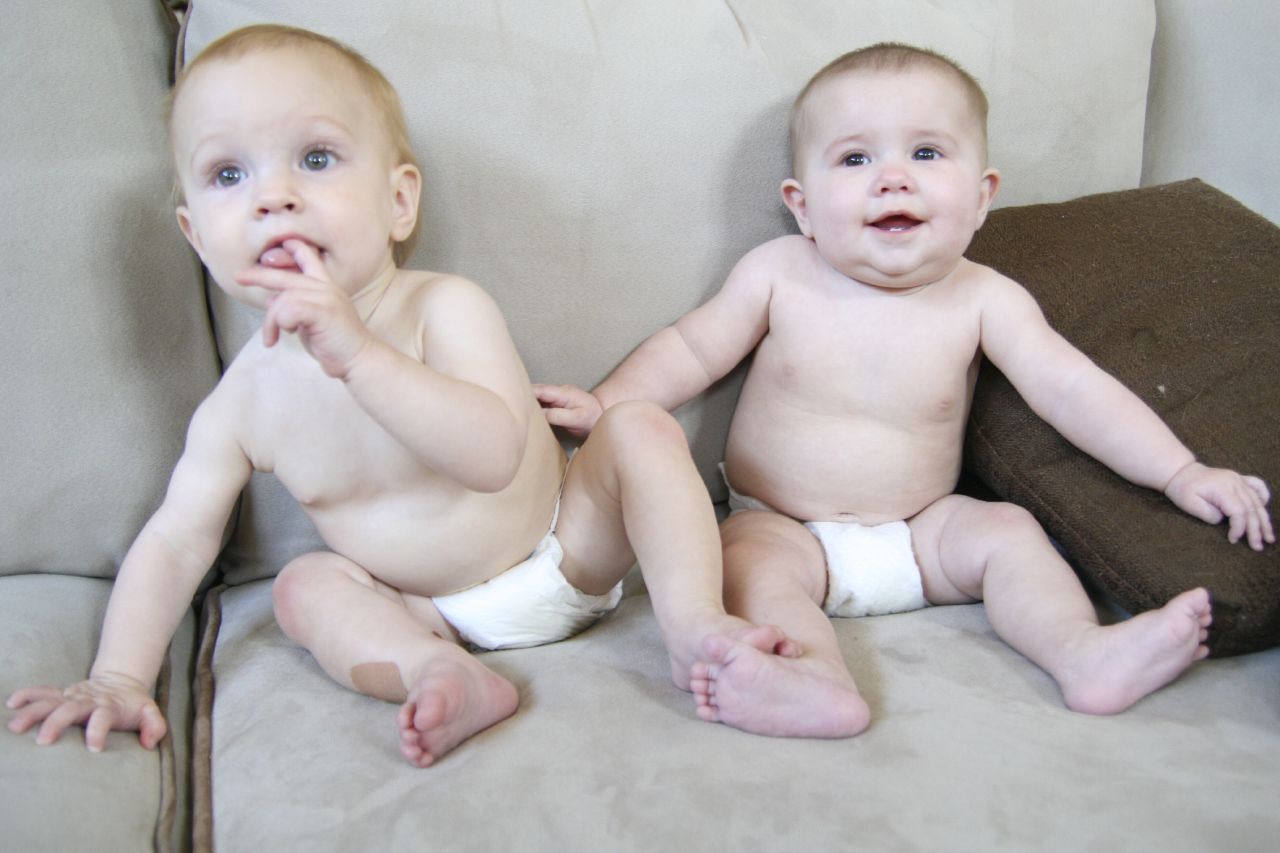Popular cinema may be shorn of intelligence. But the same cannot be said of popular actors. One of them — he cut his teeth in Hollywood — has observed, quite memorably, that parenting has the power to change one’s relationship with in-laws. For the in-laws can be asked to hold the baby while the father — he is unlikely to be of Indian descent — decides to take a much-needed break. The respite is well-earned — most mothers and some modern fathers would agree — given the arduous nature of parenting. The challenges are many: long days; longer, sleepless nights, and a myriad responsibilities, including — this often gets the goat of exhausted couples — the changing of diapers at unearthly hours.
Curiously, a Dutch company has now joined forces with grumbling parents in the war against diapers. A firm in the Netherlands has announced that it wants to turn, incredible as it sounds, poo into profit. But this is not merely a pursuit of a pot of gold. The intentions are noble. Narendra Modi’s shrill call for swachhta has not quite reached the Dutch town of Weurt yet. Stinking mountains of disposable nappies have made Weurt a proverbial hell on earth. Such hellish conditions are not inconceivable. It has been estimated that diapers contribute to billions of pounds of garbage globally. The amount of waste generated, according to one estimate, could stretch to the moon and back nine times. In Weurt, plans are now afoot to have the plastic extracted from these dangerous diapers and recycled into beautiful, aesthetically pleasing products such as flowerpots and garden furniture.
However, commercial imperatives do not always lie at the heart of a metamorphosis. There have been occasions when ingenious transformations have resulted from the coming together of artistic sensibilities and cutting-edge technology. Objects, trivial and treacherous, have been used imaginatively by artists around the world to direct public attention towards a whole range of civic and environmental problems. Thus, when Beijing choked under a noxious cloud, an artist roamed its streets, collecting smog particles and then using a vacuum cleaner to turn them into durable bricks. Inventive, artistic campaigns, even though they are sporadic, have taken place in India as well, mindful of the nation’s burden of waste, its failure to dispose of it, the overlapping of the notions of pollution and purity and the resultant woeful lack of public engagement on waste management.
Waste has the potential to be what gold, oil and now data are to international commerce. But some conditions must be met for waste to become a capital idea. Greater investment in technologies scouring alternative sources of wealth is one such. And then, there are — not the turners of tricks but — artists exploring unconventional media. Their enterprise could alter society’s perspective on and, indeed, relationship with the idea of refuse itself.










